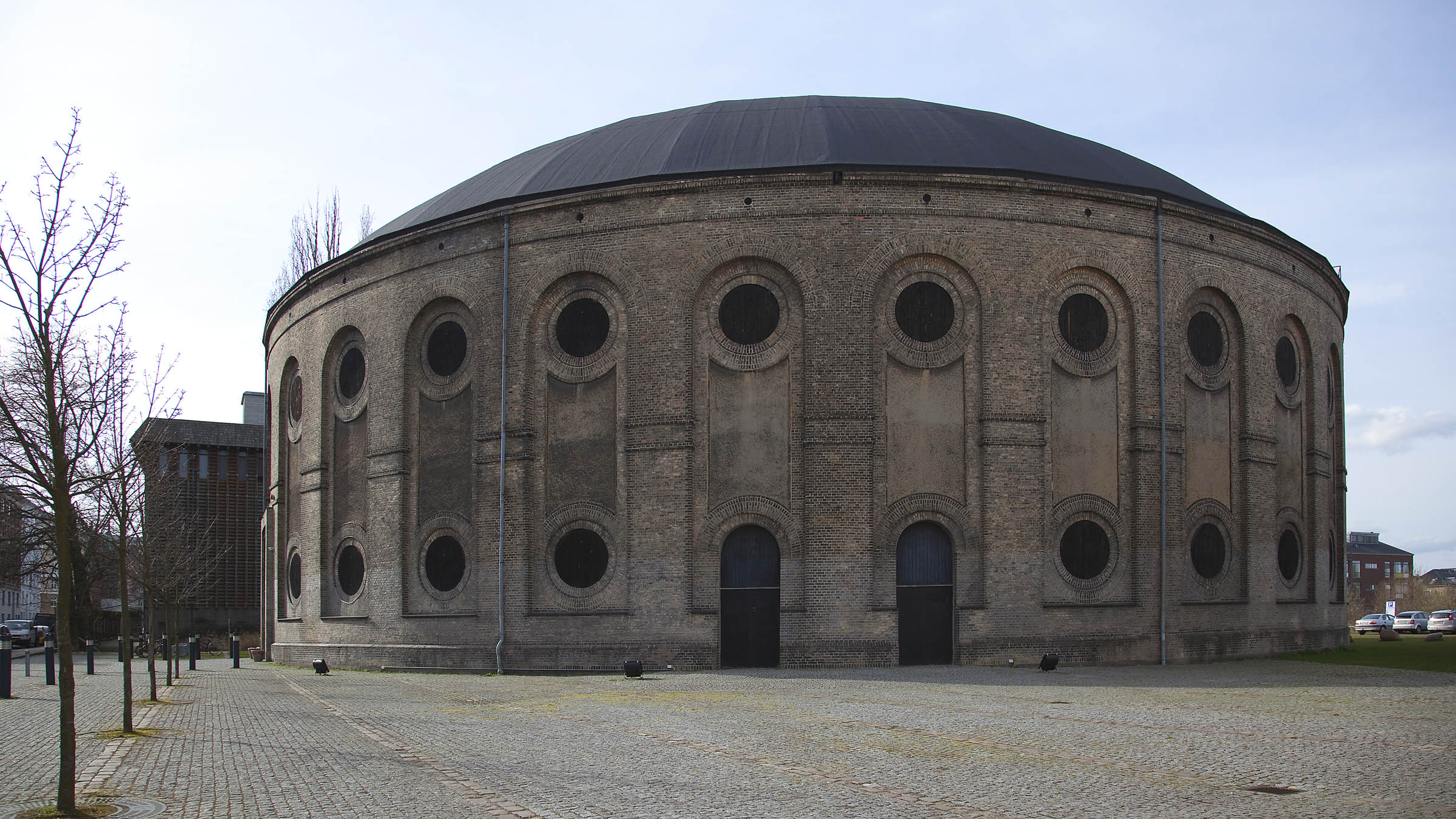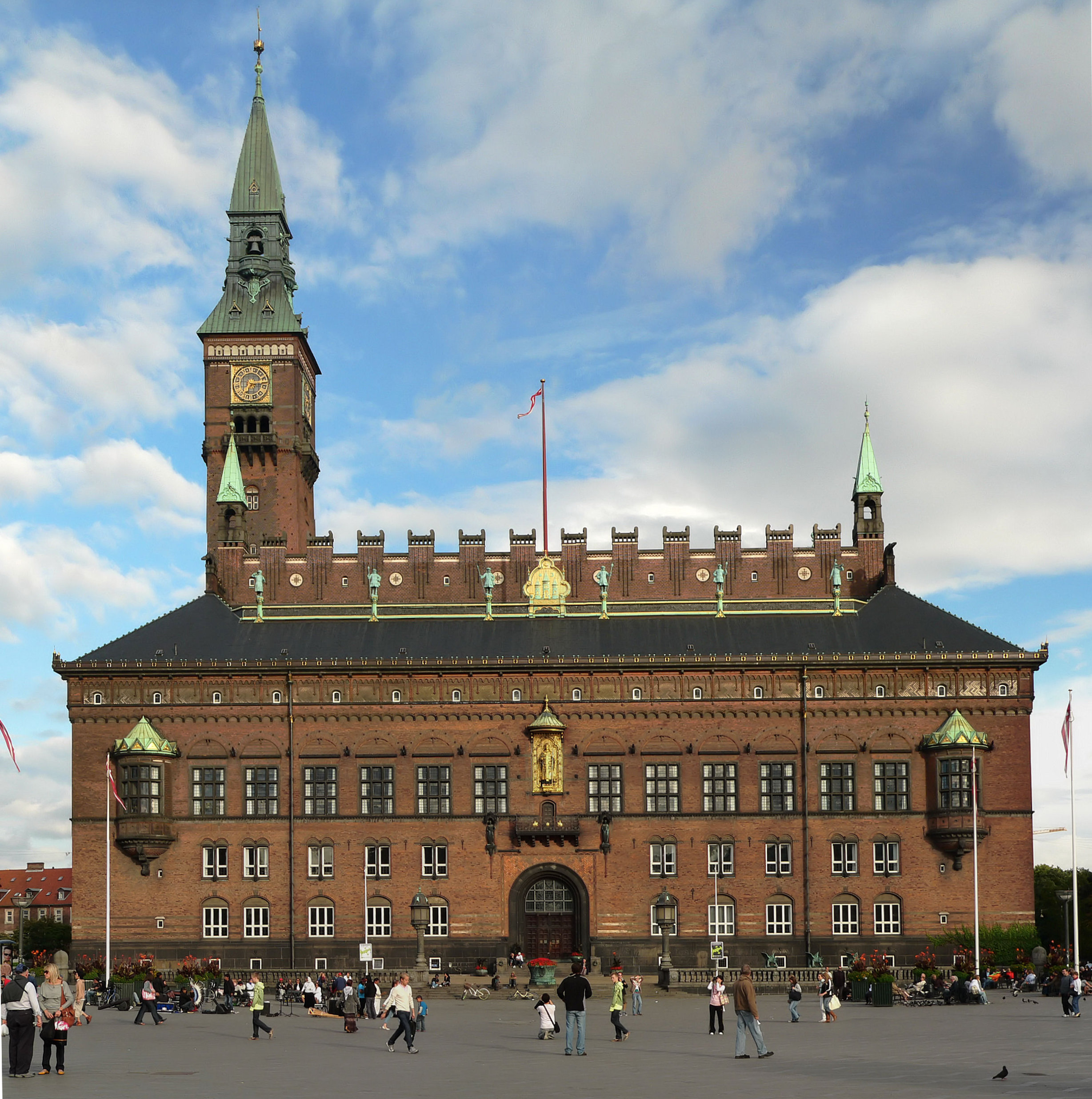Martin Nyrop on:
[Wikipedia]
[Google]
[Amazon]
Martin Nyrop (11 November 1849 18 May 1921) was a Danish architect.


 * Bakkehave, Rungstedvej 41, Hørsholm (1879)
* Gasometer (now Østre Gasværk Teater, Eastern Gasworks, Copenhagen (1883, listed)
* Køge Rectory, Nyportstræde 55, Køge (1884, demolished after fire)
* Heimann House, Søndre Fasanvej 16, Frederiksberg (1884–85, extension by Hack Kampmann in 1914–1916)
* Øvelseshuset,
* Bakkehave, Rungstedvej 41, Hørsholm (1879)
* Gasometer (now Østre Gasværk Teater, Eastern Gasworks, Copenhagen (1883, listed)
* Køge Rectory, Nyportstræde 55, Køge (1884, demolished after fire)
* Heimann House, Søndre Fasanvej 16, Frederiksberg (1884–85, extension by Hack Kampmann in 1914–1916)
* Øvelseshuset,
Copenhagen City Hall
1849 births 1921 deaths People from Ringkøbing-Skjern Municipality Royal Danish Academy of Fine Arts alumni Directors of the Royal Danish Academy of Fine Arts 19th-century Danish architects 20th-century Danish architects 19th-century Copenhagen City Council members Knights of the Order of the Dannebrog {{Denmark-architect-stub Nyrop family
Early life and education
Nyrop was born on 11 November 1849 atHolmsland
Until January 1, 2007 Holmsland was a municipality (Danish, '' kommune'') in Ringkjøbing County on the west coast of the Jutland peninsula in west Denmark. The municipality covered an area of 95 km2 on a narrow strip of land, Holmsland Dune ...
, Ringkøbing, the son of parish priest Christopher Nyrop (1805–1879) and Helene Ahlmann (1807–1874).
He attended Sorø Academy and matriculated from the Royal Danish Academy of Fine Arts in 1876. From 1881 to 1883, he studied abroad on a scholarship from the academy.
Career
From 1883 to 1893, Nyrop worked as an assistant for professor Hans Jørgen Holm but was at the same time able to work on his personal commissions. Most of his early independent works were single-family detached homes. He experienced a breakthrough when he won the competition for the design of the buildings at the Nordic Exhibition of 1888. He constructed all his exhibition pavilions of wood at a time when iron and glass was favored for temporary structures. He justified the decision by claiming the result would be prettier for the same cost. His background as a carpenter may have been an influence and it gave him the opportunity to showcase his ideals of quality materials and visible construction principles. From 1888 to 1891, he served on the Copenhagen City Council. Nyrop was awarded the Grand Prix for design at the Exposition Universelle at Paris in 1900. In 1906, he became a professor at the Academy of Fine Arts School of Architecture and served as director of the Academy of Fine Arts for periods between 1908 and 1918. Nyrop designed the Copenhagen City Hall (1905) in National Romantic style and the majority of the buildings for the Nordic Industrial, Agricultural and Art Exhibition in Copenhagen (1888).Personal life
Nyrop married Louise Frederikke Laub (born 1851), daughter of parish priest Hans Jørgen Trojel Laub (1817–1863) and Ernestine Laub née Linnemann (1827–1885), on 15 August 1885 in Trinitatis Church in Copenhagen. Their children included daughterErnestine Nyrop
Ernestine Nyrop (1888–1975) was a Danish textile artist and fresco painter who is remembered for decorating churches in Denmark and Sweden. In 1930, she published a series of traditional Danish sewing and weaving patterns in ''Danske Mønstre ti ...
.
Selected buildings


 * Bakkehave, Rungstedvej 41, Hørsholm (1879)
* Gasometer (now Østre Gasværk Teater, Eastern Gasworks, Copenhagen (1883, listed)
* Køge Rectory, Nyportstræde 55, Køge (1884, demolished after fire)
* Heimann House, Søndre Fasanvej 16, Frederiksberg (1884–85, extension by Hack Kampmann in 1914–1916)
* Øvelseshuset,
* Bakkehave, Rungstedvej 41, Hørsholm (1879)
* Gasometer (now Østre Gasværk Teater, Eastern Gasworks, Copenhagen (1883, listed)
* Køge Rectory, Nyportstræde 55, Køge (1884, demolished after fire)
* Heimann House, Søndre Fasanvej 16, Frederiksberg (1884–85, extension by Hack Kampmann in 1914–1916)
* Øvelseshuset, Vallekilde Folk High School
Vallekilde Folk High School ( da, Vallekilde Højskole) is a Danish institution of adult education in the folk high school tradition. The school is located in the village of Vallekilde in Odsherred municipality on the island of Zealand.
History
...
, (1884, with Andreas Bentsen, listed)
* Solbjerg Dairy, Nyelandsvej
Nyelandsvej is a street in the Frederiksberg district of Copenhagen, Denmark. It runs from Falkoner Allé in the southeast to a roundabout at the north end of Dalgas Boulevard in the northwest. The more urban, eastern part of the street, between F ...
25, Frederiksberg (1884, demolished)
* Georg Achen
Georg Nicolai Achen (23 July 1860 – 6 January 1912) was a Danish painter. One of the more accomplished Naturalism (arts), Naturalists of his generation, from the 1890s he specialized in portraits.
Biography
Born in Frederikssund and moved with ...
House, Lindevangs Allé 11, Frederiksberg (1885)
* Building for the Nordic Exhibition of 1888, Copenhagen (1886–1888, demolished)
* Rytterhuset
Rytterhuset (literal translation, lit. "The Rider's House"), located at Nordre Strandvej 230, Ålsgårde, Helsingør Municipality, Denmarkm was built in 1889 to a Romantic Nationalism, national romantic design by Martin Nyrop as summer residence ...
, Nordre Strandvej 230, Ålsgårde
Ålsgårde is a former fishing village on the north coast of Zealand, Denmark, located six kilometer northwest of Helsingør.
Formerly Ålsgårde was a separate town, but today it has merged with the neighbouring town of Hellebæk into an urban ...
(1889, listed)
* Barbicaia, Nordre Strandvej 232, Ålsgårde (1889, altered)
* Hvide Hus, Rungstedvej 47, Hørsholm (1889)
* Egholm House, Kastelsvej 16, Copenhagen (1890–1891, demolished)
* Regional Archive for Zealand, Lolland-Falster and Bornholm, Copenhagen (1891–1892, extended)
* Copenhagen City Hall, Copenhagen (1892–1905)
* Væverhuset, Villa Galinavej 4, Gisselfeld (1894)
* Gatehouse, Gisselfeld Castle
Gisselfeld, a former monastery, is Denmark's fifth-largest estate. Located between Haslev and Næstved, it extends into several municipalities but the main building is located in Braaby Parish in Faxe Municipality. The estate measures 3,850 hectar ...
, Zealand, Denmark (1894)
* Ottilia Rottbøll House, Ugilt Klosterskov, Sindal (1895)
* Kongshuset Rathlousdal, Odder (1898, 1900, with Pietro Krohn)
* Villa, Frisvadvej 44, Varde (1899)
* Coty Hall Square ("Seashell"), Copenhagen (1900, altered)
* Kathrinedal Manor, Svinninge (1900)
* Hesselhus, Hesselø (1900)
* Stenderup Frimenighedskirke (1902–1903)
* Blågård Church, Copenhagen (1904–1906, demolished)
* Lyngebæksgård, Nivå
Nivå is a town with a population of 7,997 (1 January 2022)Elijah's Church
Elijah's Church (Danish language, Danish: Elias Kirke) is a Church of Denmark parish church located on Vesterbros Torv in the heart of the Vesterbro, Copenhagen, Vesterbro district of Copenhagen, Denmark. Completed in 1908 and designed by Martin N ...
, Vesterbro, Copenhagen (1905–1908)
* Vejle Bank, Kirkegade 2, Vejle (1905–1906, with Christof Hansen, expanded)
* Bispebjerg Hospital
Bispebjerg Hospital is one of the hospitals in the Capital Region of Denmark. Along with a number of other hospitals and the University of Copenhagen (the Faculty of Health Sciences), Bispebjerg Hospital forms part of the Copenhagen University Hos ...
, Copenhagen (1906–1913, laundry building 1916–1918, later extended several times)
* Fyns Stifts Husmandsskole, Rugårdsvej, Odense (1908, bombed 17 April 1945)
* Villa, Constancevej 4, Aalborg (1910)
* Camillus Nyrop Frimenigheds rectory, Camillus Nyrop
Camillus Nyrop (18 February 1811 - 24 December 1883) was a Denmark, Danish instrumentmaker and bandagist. He was the founder of Camillus Nyrops Etablissement, Denmark's first manufacturer of surgical instruments and artificial lims.
Early life an ...
(1912)
* Fraterbrønden Well House, Sorø Akademi (1912)
* Sønderborghus, Løngang 1, Sønderborg (1912–1913)
* Arken, Xylografensvej 6, Tisvilde (1913)
* Villa, Hasserisvej 113, Aalborg (1915–1916, currently a savings bank)
* Luther Church with church building and rectory, Randersgade, Copenhagen (1914–1918, with Julius Smith)
* C. Nyrops Etablissement, Løvstræde 4A, Copenhagen (1916)
* Own house, Udsigten 33, Gentofte (1918)
* Sommer house, Villingebæk Strandvej 522B, Dronningmølle (1918)
* Farmhouses, Tranekær, Botofte, Bagenkop, bridge and chapel, Tranekær (1918–1920)
* Vejle Politi- og Dommergård, Blegbanken, Vejle (1919–1920, currently an activity center)
* Bjerrelide, Mosehøjvej 2, Ordrup (1919–1921, demolished)
* Kirkebakken 12, Gentofte (1921)
References
Further reading
*Funder, Lisa (1979) ''Arkitekten Martin Nyrop'' (Copenhagen: Gyldendal)Related reading
*Linvald, Steffen (1988) ''Den nordiske Industri-, Landbrugs- og Kunstudstilling i København 1888 : et hundredårsminde'' (Lynge: Bogans forlag)Copenhagen City Hall
1849 births 1921 deaths People from Ringkøbing-Skjern Municipality Royal Danish Academy of Fine Arts alumni Directors of the Royal Danish Academy of Fine Arts 19th-century Danish architects 20th-century Danish architects 19th-century Copenhagen City Council members Knights of the Order of the Dannebrog {{Denmark-architect-stub Nyrop family